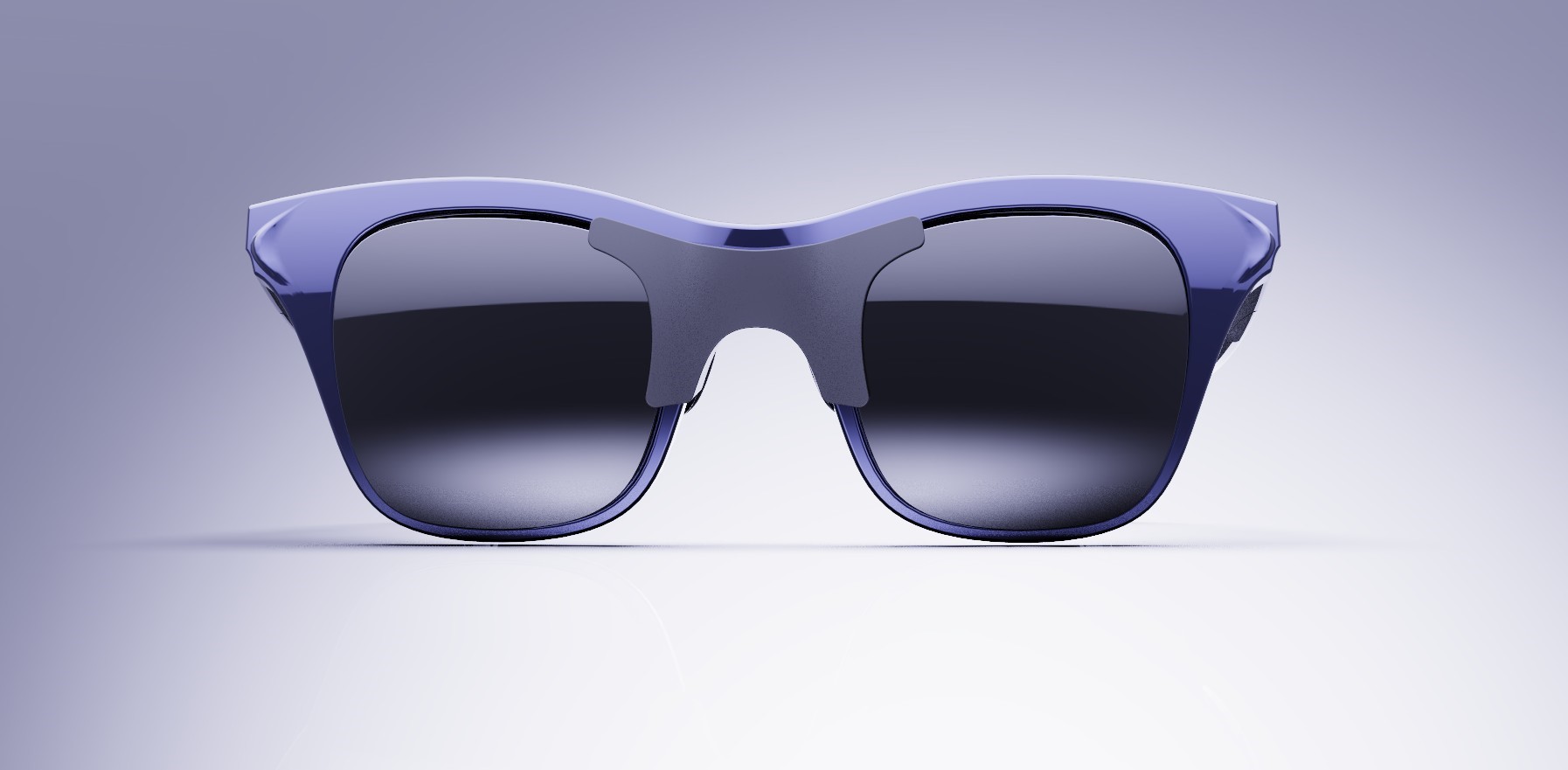These new AR lenses deliver a 2K x 2K resolution experience and address vergence-accommodation conflicts.
The Israeli-based augmented reality (AR) company Lumus will be expanding its 2D Maximus platform by unveiling its 2nd generation of Lumus’ Z-Lens waveguide architecture during CES 2023. Not only will this hardware advancement shrink the projector module by more than 50%, but it also enables the development of lightweight and high-resolution AR glasses with seamless Rx integration and outdoor brightness, paving the way for smaller, feature-packed AR glasses with Rx compatibility.
The goal of any AR glasses is to be both aesthetically and functionally impressive in order to have an impact on consumers. With the Z-Lens architecture, Lumus is able to align the form and function of its products, which will allow the industry to reach a wider consumer base. Ari Grobman, the company’s CEO, noted that the company’s previous 2D Maximus technology was just the beginning and that this generation of Z-Lens will allow consumers to experience the full potential of AR without looking like they’re wearing AR glasses.
The Z-Lens platform is designed to maintain the high image quality and performance of its predecessor, the Maximus, while reducing its size and weight. Its optical engine is also 50% smaller. This allows for the creation of compact AR optics that are ideal for natural-looking glasses. The new architecture can be used by both manufacturers and distributors to accommodate different entrance positions.
The new Z-Lens optical engine features a full color and 2K x 2K resolution, which are ideal for viewing high-quality images. Its 3,000 nits/Watt brightness can allow consumers to experience AR in daylight.
Through the use of its Z-Lens architecture, Lumus is able to provide its partners with the ability to create custom-fit AR glasses. This feature eliminates the need for bulky and heavy inserts, allowing consumers to enjoy the benefits of wearing regular frames that they might see during their day-to-day travels.
In an official press release, Grobman explained the benefits, saying, “AR experts call the face a ‘sacred space’ – and it’s quite true. Natural-looking glasses with augmented reality functionality will unlock the consumer market and propel the industry forward. Manufacturers will need to create aesthetically-appealing glasses before mass adoption can ever become a reality, and Z-Lens allows them to do exactly this.”
Through its dynamic focal lens integration, Z-Lens can also address the issue of vergence-accommodation conflicts (VAC), which occurs when the brain gets conflicting cues between the accommodation of the eye and the vergence.
One of the most critical factors that Z-Lens addresses when it comes to enhancing the user experience is the elimination of ambient light artifacts, an effect in AR glasses where small glares of light hit the optical display elements when the displays are turned off. This feature also prioritizes privacy by preventing light leakage, which helps prevent others from seeing what the AR wearer is viewing on the glasses.
In addition, the Z-Lens platform utilizes reflective waveguides to provide a “screen” for content that’s displayed on the glasses. This feature is enabled by the various microLED, LCos, or laser-based micro-projectors that are integrated into the frame’s top perimeter corners.
Lumus’ reflective waveguides feature a series of mirrors that guide the light through the waveguide into a user’s eye. These mirrors are transflective and allow for a wide field of view. They also expand the image horizontally and vertically, and this 2D expansion architecture allows for a large field of vision.
Although its initial prototypes of Z-Lens feature a 50-degree field, the company’s product roadmap includes a variety of products that will feature a much larger field of vision, reaching greater than 80 degrees. Additionally, Z-Lens can be integrated into frames that look identical to standard eyeglasses.
The company’s Z-lens architecture is expected to play a significant role in the rapid growth of the AR eyewear market and with over 430 patents, Lumus is regarded as one of the world’s top patent holders for AR optics.
“AR glasses are poised to transform our society,” said Grobman. “They feature better ergonomics than smartphones, novel interaction opportunities with various environments and businesses, and a much more seamless experience than handheld devices. The future, quite literally, is looking up.”
If you happen to be at CES 2023, you can check out the new Z-Lens at their booth.
Image Credit: Lumus
The post Lumus Launches Game-Changing AR Z-Lens At CES appeared first on VRScout.








